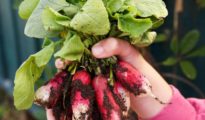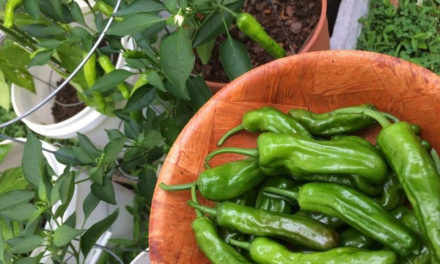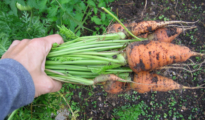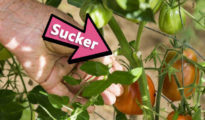Alfalfa is a perennial that is a cool season crop and is most often grown for feeding livestock or as a cover crop or soil conditioner. Alfalfa is extremely nutritious and a natural source of nitrogen. Especially if you have a big garden, alfalfa is great for improving soil and providing soil erosion control. Due to its extensive root system, alfalfa nourishes both plants and soil. Today we'll show you how to grow alfalfa as well as how to harvest it for human consumption and for livestock consumption as well!
How to Grow Alfalfa in Your Garden

Alfalfa can be grown very easily and is also easily propagated. Working well in any garden, alfalfa is also drought resistant, so make sure you don't water too much as it could become moldy.
Before planting, choose a full sun site with well draining soil. Work the soil well and remove any weeds. You can purchase alfalfa seeds at any nursery or your local feed store.
Planting Alfalfa:
- For those living in cooler climates, plant in early spring.
- Mild to warm climates, plant in the fall.
- Plant each seed about half an inch deep and cover lightly with soil.
- Use 1/4 pound of seeds per every 25 square feet and space rows 18-24 inches apart.
- Alfalfa sprouts should emerge within 7 to 10 days. Depending on what you plant to do with the alfalfa plant, this is the time where you'd harvest the alfalfa SPROUTS which are high in nutrients and make for some amazing salads!
- If you're just growing the alfalfa plant for feed or decoration, let it grow!
- Once seedlings reach 6-12 inches, thin them down to make room for more growth.
- Harvest alfalfa BEFORE it flowers as the flowers can be hard to digest for livestock.
Happy Planting!




















